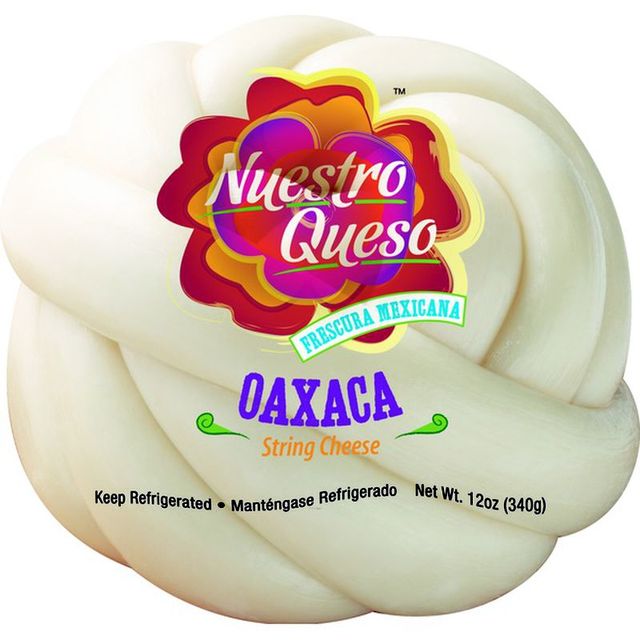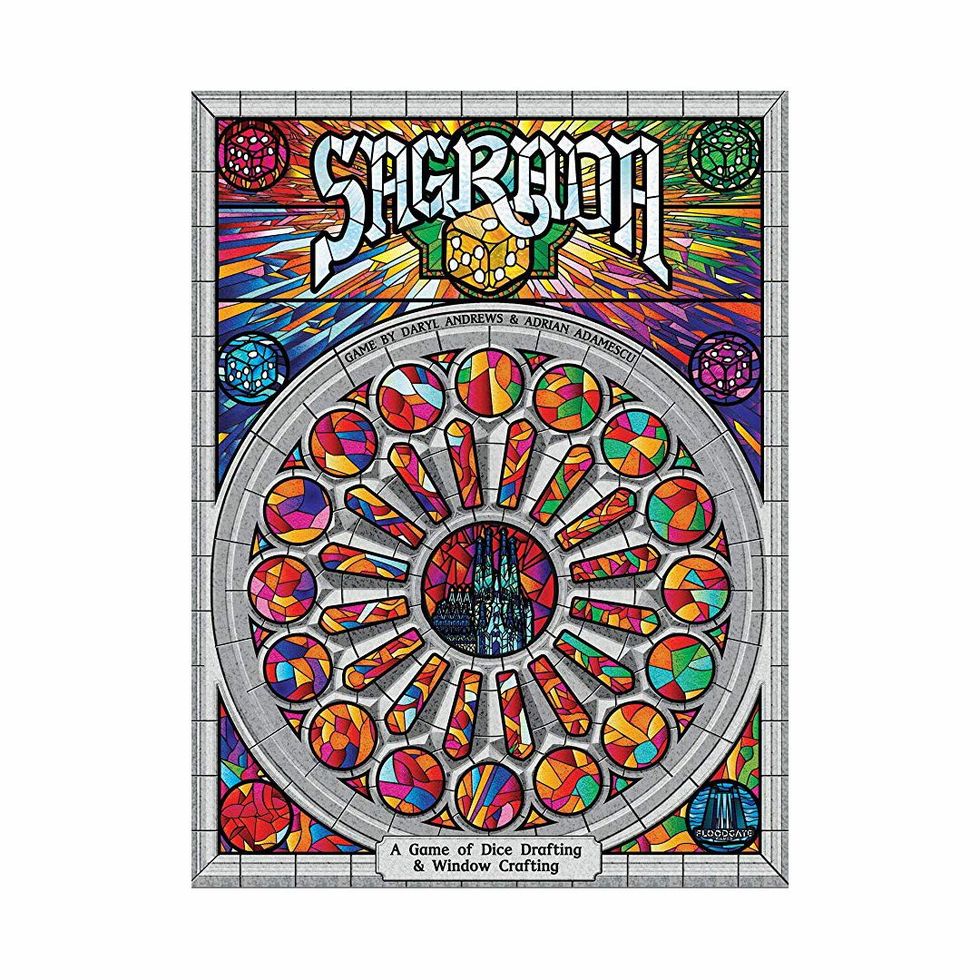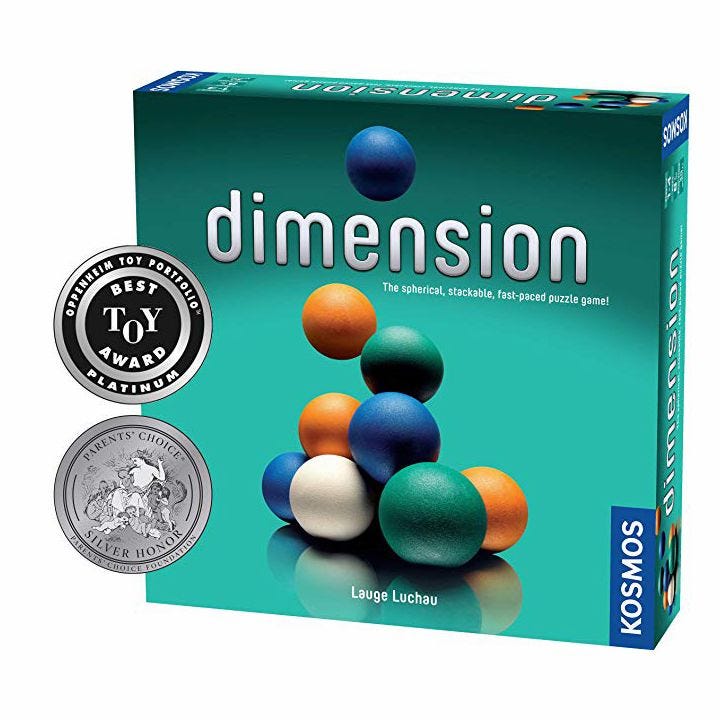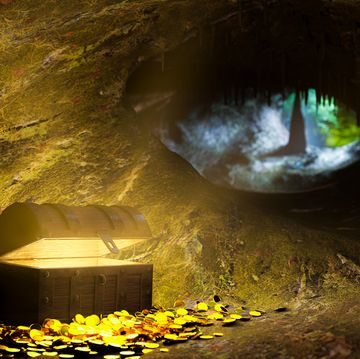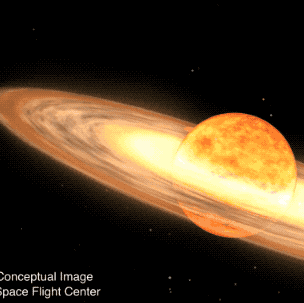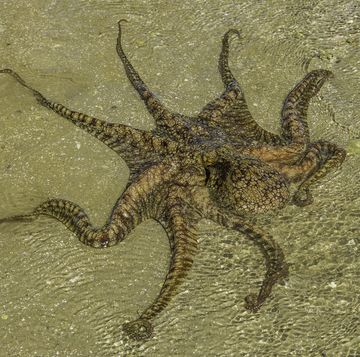- A young mathematician has proven, after decades, that Conway's knot is not slice.
- Knot theory is a broad field involving dimensional tangles and the work of untangling them.
- Since solving the problem in 2018, Lisa Piccirillo has accepted a tenure-track position at MIT.
Mathematicians were shocked when a graduate student worked through a decades-old problem in just a few days. University of Texas at Austin mathematician Lisa Piccirillo learned about the Conway knot—a knot with 11 crossings, so named for the late mathematician John Horton Conway—from a colleague’s talk during a conference. Within a week, she’d solved the longstanding problem of whether or not the special knot was slice. (It’s not.)
What’s slice? It’s the umbrella term for two properties that this kind of mathematical knot can have. And a mathematical knot is a whole major field of study unto itself, inspired by regular knots that can exist in real life.
Imagine if you tied your shoelaces like usual, but the ends weren’t loose—instead, the laces form a circle. They’re classified by the number of crossings, counted anywhere the strand of the knot crosses itself as you do when you begin to tie any regular knot.
The results of these twisting math knots are one part Cat’s Cradle and one part M.C. Escher. And what they represent is just as abstract. The plain loop is called the unknot, and all true knots must pass a test of whether they can be untangled into an unknot.
There’s a genre of puzzles where you must visually assess whether a knot is really snarled or just cleverly looped, and this is a very, very simple version of some of the work knot theorists do.
Looking at two knots that each have, say, 11 crossings—the Conway knot in this case, and a closely related “mutant” knot called the Kinoshita-Terasaka—knot theorists must try to answer a couple of key questions. Wolfram Alpha explains:
1. Given a tangled loop of string, is it really knotted or can it, with enough ingenuity and/or luck, be untangled without having to cut it?
2. More generally, given two tangled loops of string, when are they deformable into each other?
3. Is there an effective algorithm (or any algorithm to speak of) to make these determinations?
That’s all on the surface, so to speak. An “unknot” loop is considered one dimensional, the way a geometry point or line is one dimension. Two dimensions is a sphere, and this is where things get interesting: Some spheres are smooth, and some, like the knotty cross-section depictions they inspire, are so “crumpled” they can never be untangled. Think about taking the cross section of a solid foam rubber ball versus an ornate string cheese, then imagine it in extradimensional space.
If a knot is topologically slice, that means some intractable four-dimensional string cheese has that knot as, well, a slice. To be “smoothly” slice, the knot must also be a slice of the four-dimensional rubber ball: still knotted and complex, but not “crumpled.” Now you’re up to speed. Mathematicians learned in the ‘80s that the Conway knot is topologically slice, but they couldn’t prove one way or the other if it’s smoothly slice.
Piccirillo solved the problem by redrawing the knot in a method called making its trace. In a move reminiscent of calculus, the knot is upshifted into a much more complex rendering that represents a new dimension. Two knots—many knots!—can have the same trace, the same way two functions can sometimes have the same derivative. So here’s how the intersecting relationships break down:
- Mathematicians know the “mutant” Kinoshita-Terasaka knot is smoothly slice.
- None of the usual tricks have shown that the Conway knot is smoothly slice.
- A trace could reveal a meaningfully similar knot that might respond to existing tests.
Piccirillo found that trace sibling after all, and fast, and she was able to use the analogy method to show that the Conway knot can’t be smoothly slice. “This completes the classification of slice knots under 13 crossings,” Piccirillo’s abstract explains, “and gives the first example of a non-slice knot which is both topologically slice and a positive mutant of a slice knot.”
The proof itself is cool and important, but the implications could also prevent future misfires about the relationships between mutant knots. Who knew such a short journey would have so many twists and turns?

Caroline Delbert is a writer, avid reader, and contributing editor at Pop Mech. She's also an enthusiast of just about everything. Her favorite topics include nuclear energy, cosmology, math of everyday things, and the philosophy of it all.

